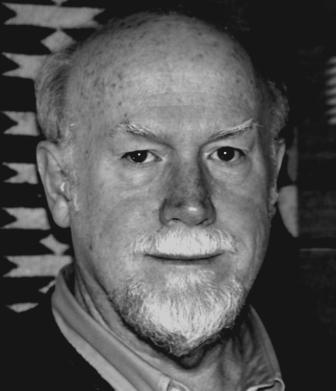
|
|
Neurofeedback, like all biofeedback, is a technology of self regulation. The word "self" in this definition is crucial in understanding what neurofeedback is. The kind of self that is understood to be doing the regulating (or being regulated) differs from one theory of neurofeedback to another. I will propose a taxonomy of neurofeedback theories based on how they understand the self and its role in the process. Because the deepest and most accurate analysis of the self has been done in the Indian and Chinese psychologies of bondage and self realization, I will use these ideas as a basic grid or framework for understanding the self's place in neurofeedback. Western psychological theories of the self will also be briefly reviewed, including Bandura's self efficacy theory, Rogers' and Gendlin's anti-self theories, Jung's distinction between ego and self, and Kohut's biploar self theory. Finally, I will apply Western and Eastern self ideas to the controversy over whether the brain, and therefore neurofeedback, is "linear" or "chaotic."
Goals: To clarify what "self regulation" means in neurofeedback (and biofeedback generally) and to make explicit the implications that different understandings of "self" have for theories and practice of neurofeedback.
Al Collins has Ph.D.s in two fields, Indian studies and clinical psychology. His professional and scholarly work involves integrating these areas. A neurofeedback practitioner for eight years, he has published widely in Indian psychology, Jungian psychology, psychoanalysis, mens' psychology, and the psychology of film. Other Products by Al Collins 1) Mindfulness and Neurofeedback: Integral Treatment of ADHD, Anxiety, and Depression
To View Comments or Join the Conversation: |
Most Viewed of all Products
Interhemispheric EEG Training: Discussion and Demonstration
|

